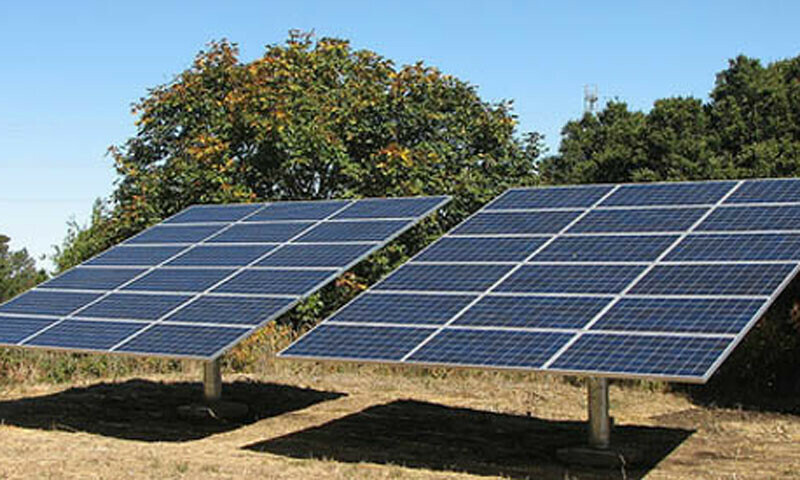In a commendable move towards sustainable energy, Chandigarh’s Administration aims to make the Union Territory a model solar city by installing rooftop solar power plants on all government buildings before the end of 2024. This strategic endeavor is part of the broader goal to transform Chandigarh into a model solar city by 2030.
Impressive Progress Towards Solar Power Targets
With a target of achieving 75MWp (Megawatt peak) of solar power by December 2024, the Administration has already made substantial strides. Currently boasting 61.82 MWp of grid-connected rooftop solar power plants across 4,633 government and private sites, Chandigarh has generated 250.45 million units (MU) and reduced 1,72,811 MT CO2 emissions as of January 2024.
Notable Achievements in Government Buildings
UT Administrator Banwarilal Purohit highlighted significant achievements, declaring iconic structures like Paryavaran Bhawan, Burail Jail complex, and all government schools as net-zero in energy consumption through solar power. Paryavaran Bhawan stands as the first five-star-rated building in the city, meeting Bureau of Energy Efficiency Standards.
Recognition and Innovations
Chandigarh’s commitment to green energy has garnered accolades, with the city receiving the First Prize in the State Energy Efficiency Performance Award 2023. The installation of North India’s largest floating solar photovoltaic technology (SPV) power plant, a 2000 kWp facility at Waterworks, Sector 39, further solidifies Chandigarh’s position in solar technology advancements.
Future Plans and Collaborations
To extend the solar power initiative, the Ministry of New and Renewable Energy is formulating guidelines for rooftop solar power plants under the Renewable Energy Services Company (RESCO) model. Additionally, the UT Department of Science and Technology has set a target to install 50 MWp grid-connected rooftop solar systems on residential houses within two years, employing the RESCO model on a build-operate-transfer (BOT) basis.
Under the BOT model, consumers benefit from a consistent electricity rate of Rs 3.23 per unit during the BOT period, with ownership transferring to the consumer at no extra cost afterward. The progressive approach also includes plans for the installation of grid-connected rooftop solar plants for domestic consumers, approved by the Joint Electricity Regulatory Commission.
Chandigarh’s strides towards sustainability and renewable energy signal a promising future, showcasing the effectiveness of green energy policies and technology developments in creating a cleaner and greener urban landscape.
Source:tribuneindia.com





